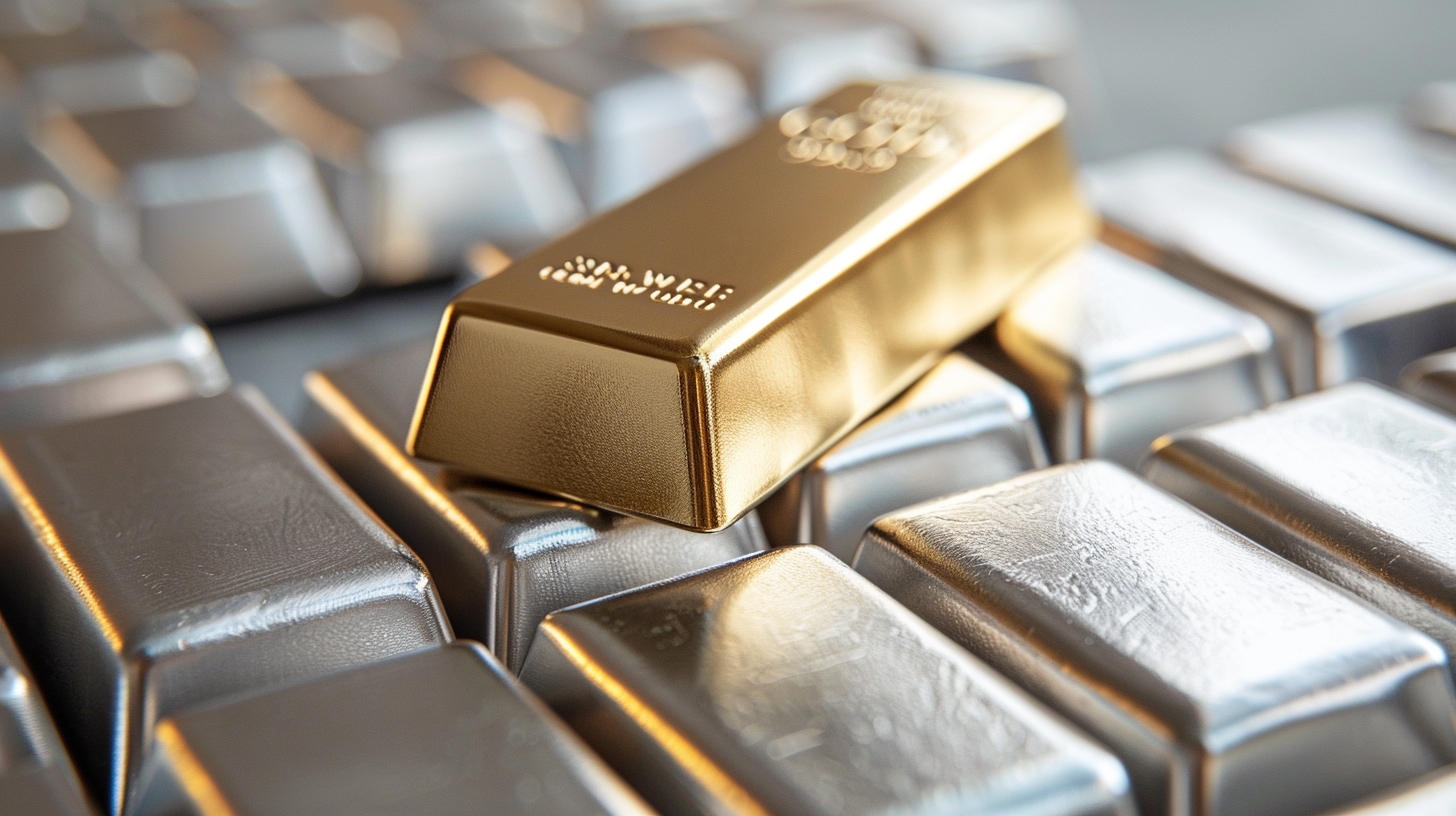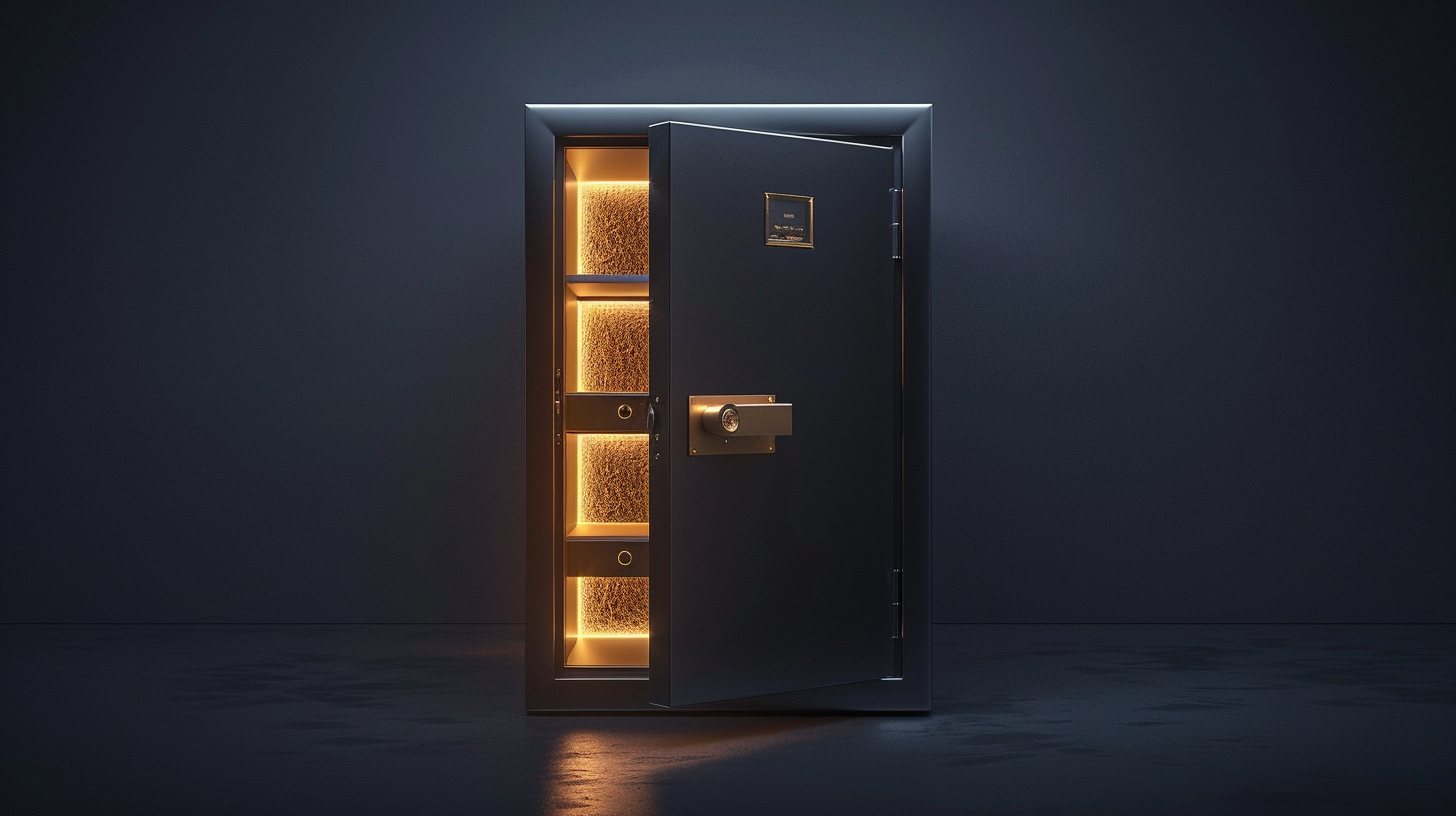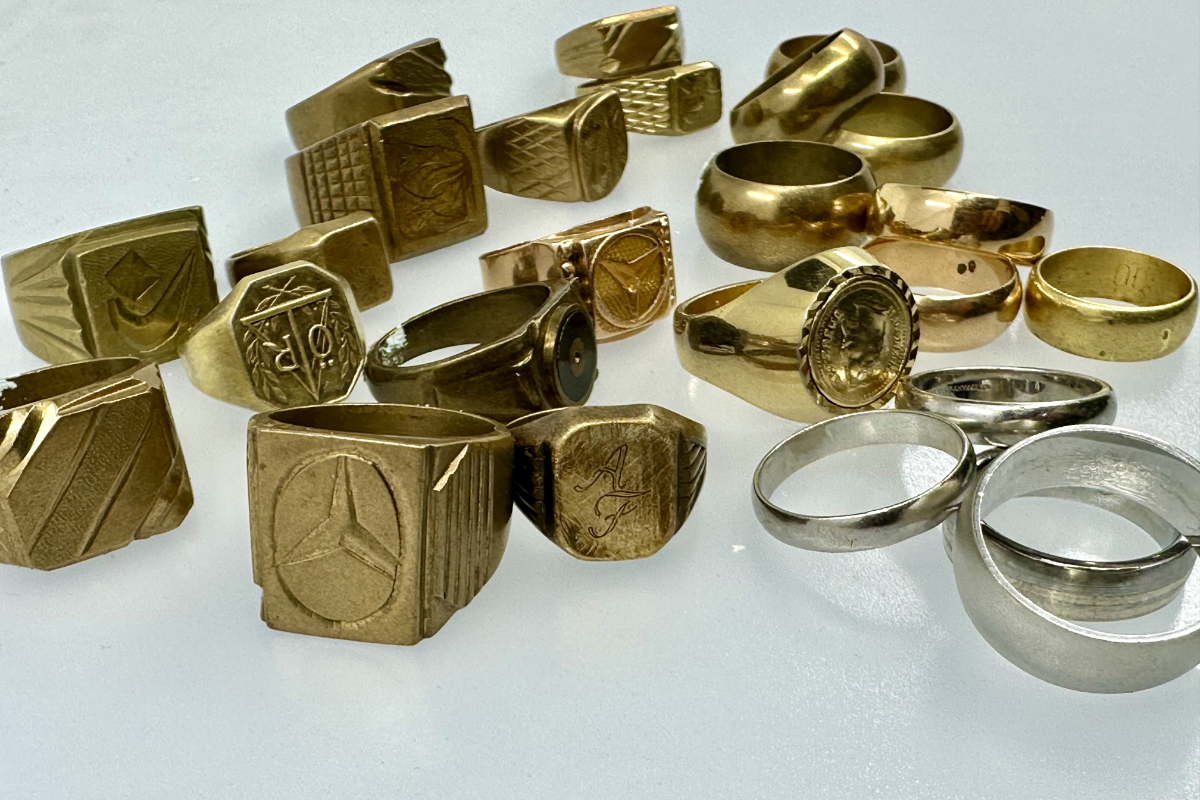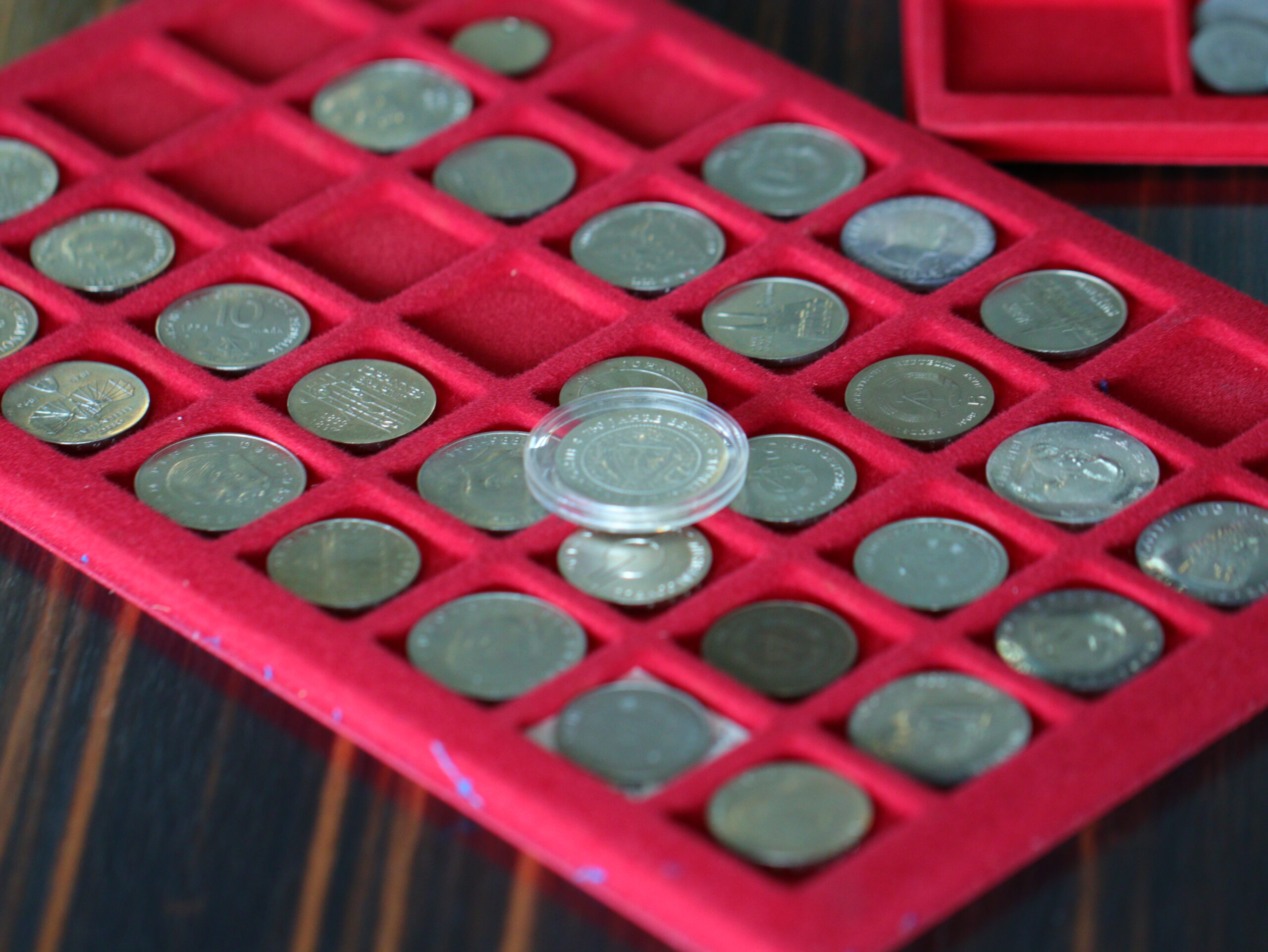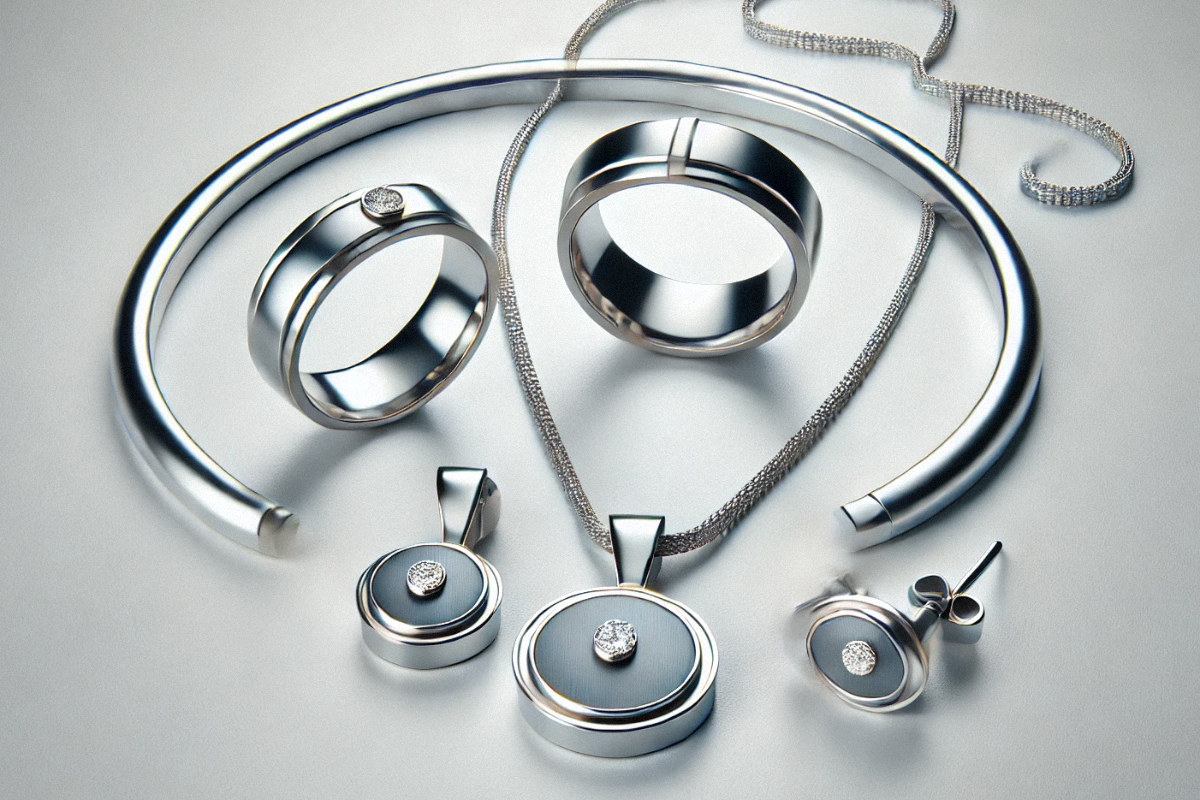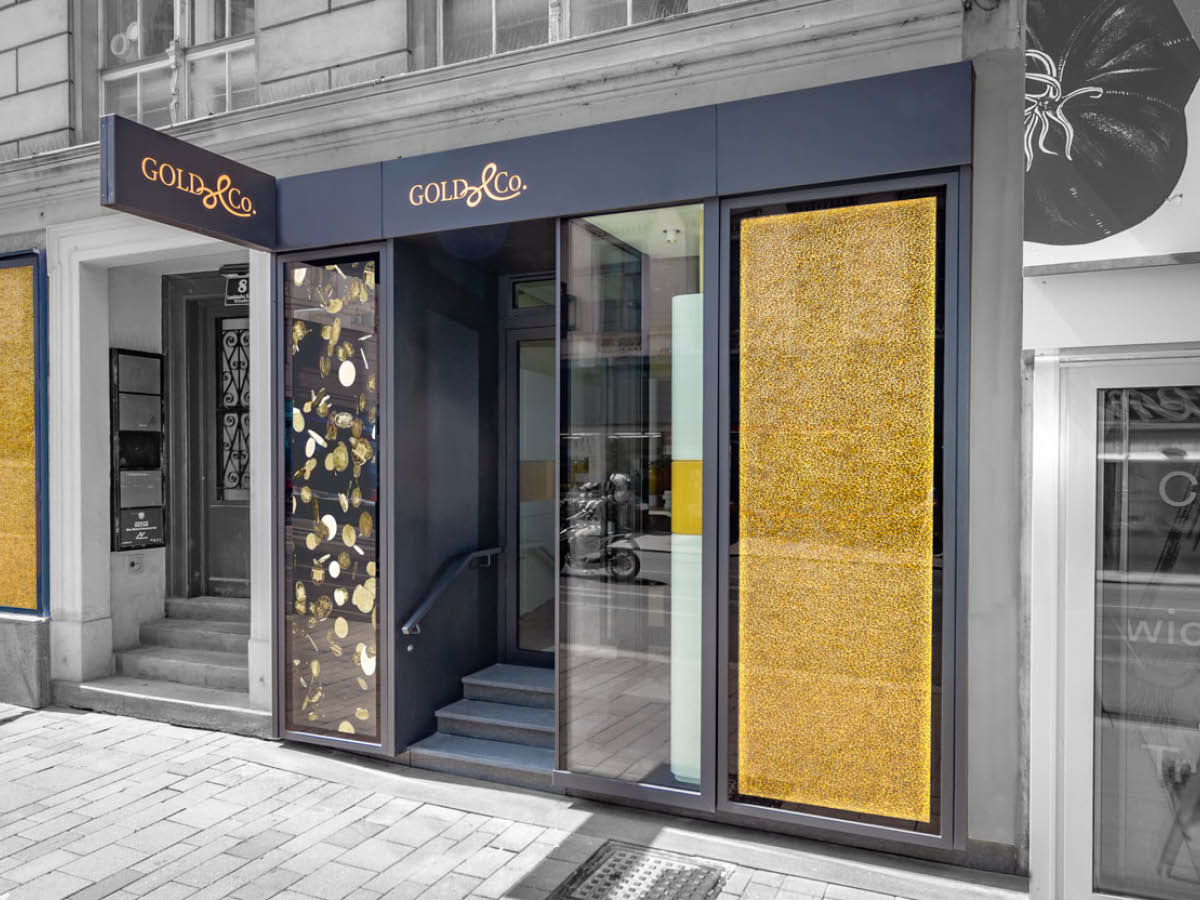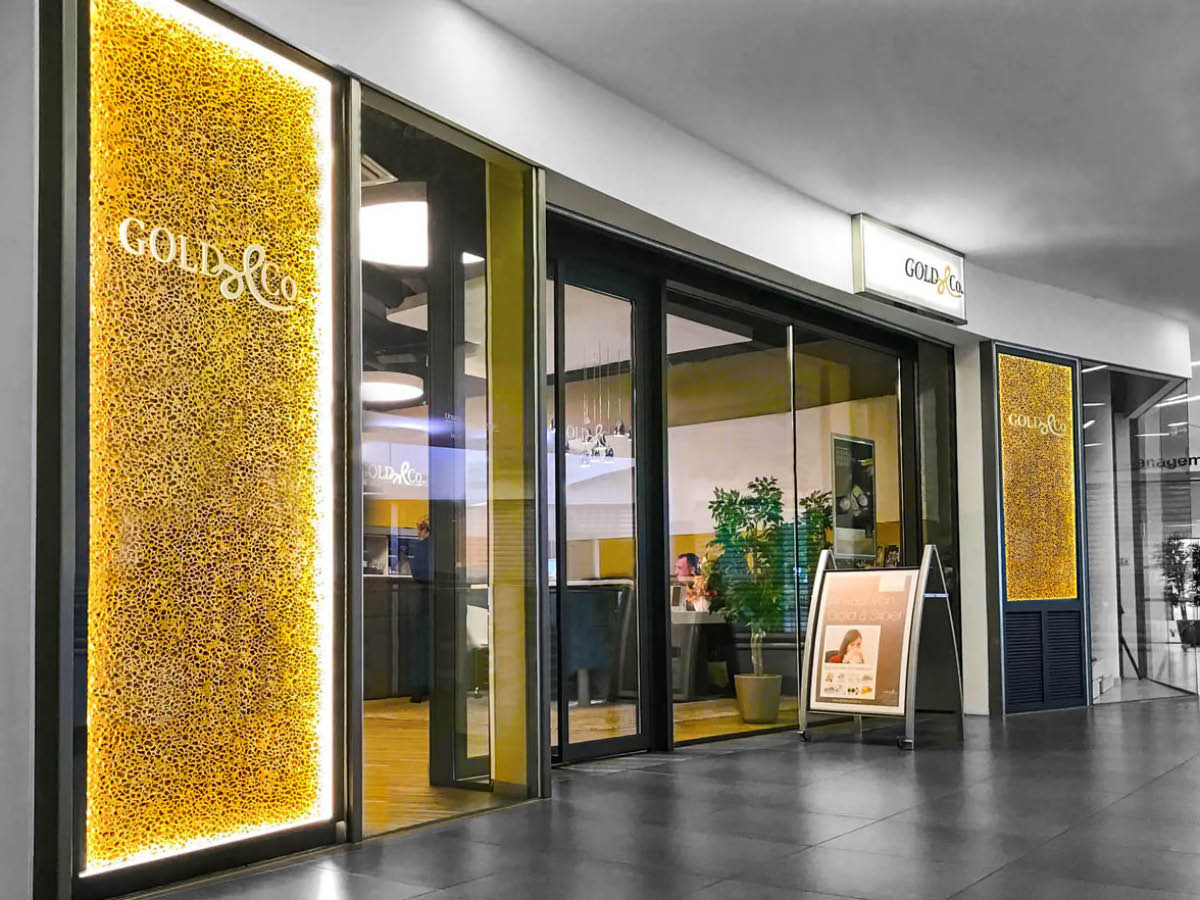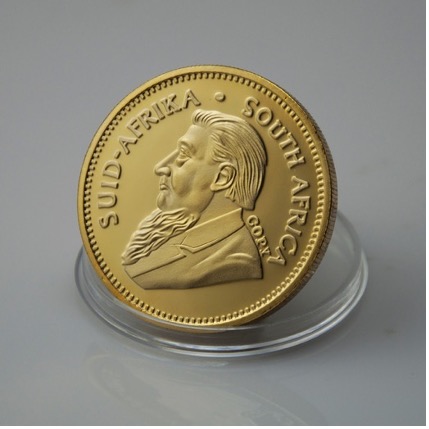
When is a coin actually "genuine"? Does a genuine guilder have to be from the 19th century? What is the difference between restriking, minting errors, replicas and forgeries?
Re-embossing
The term "restrike" may sound negative to the uninitiated, but in the world of coins it generally has a completely neutral connotation. A coin is considered to be a restrike if the year stamped on it is earlier than the actual date of issue. In fact, many of today's common bullion coins are modern restrikes of historical curant or commercial gold coins.
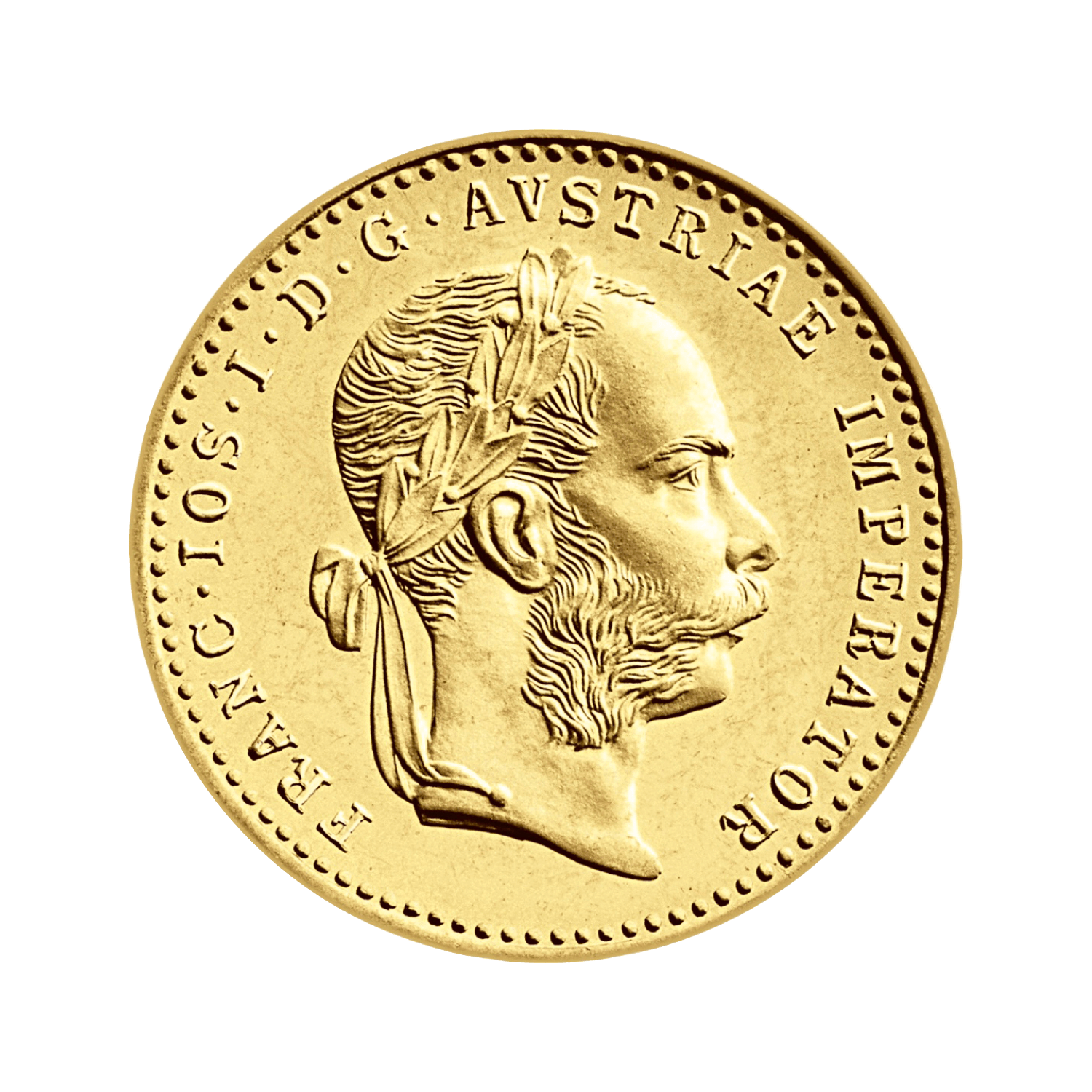
Classic restrikes include the modern gold ducats, which are issued as bullion coins by the Austrian Mint. They are restrikes of the historical ducat and bear the year 1915.
Modern restrikes are based on the original and usually have no collector's value, but are traded as investment coins close to their material value.
Minting error
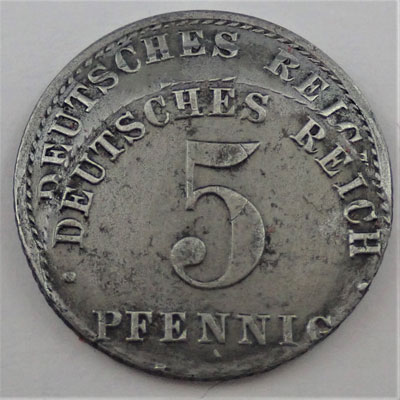
Minting errors, sometimes also referred to as false minting, are unintentionally created, faulty coins. Minting errors can be divided into different categories, depending on where the error occurred in the minting process.
In the case of a blanking error, the coin blank already has a defect; in the case of a minting error, a mistake was made during the production of the minting die; and in the case of an actual minting error, something went wrong during the minting process.
To stay with the example of the ducats: Here, the die cutter was once sloppy in the production of the minting die and inserted the year 1951 instead of the year 1915. As a result, a few single ducats with the wrong year 1951 were issued.
These minting errors are sought after by collectors today due to their rarity. The value of these "Ducat 1951 minting errors" is therefore far higher than the material value.
Replicas
A clear distinction must be made between replicas and imitations. Coin replicas are coins that imitate a specific coin but are clearly different in terms of material and therefore value. If the distinction is deliberately concealed, they are already counterfeits.

In addition to replicas of old Roman coins or coins from the Middle Ages, imitation gold coins are often brought onto the market. These are minted from base metals, such as copper or brass, and are then gold-plated very thinly.
In order to be offered legally, there must be no risk of confusion with the original. Therefore, "Copy", "Replica" or similar must be stamped on the imitations.
Counterfeits made of base material
In practice, however, this replica marking is often missing, so that the layman cannot immediately tell the difference from a genuine coin.
If you have a genuine piece for comparison, it is relatively easy to recognize counterfeits made of brass, lead and copper, as a counterfeit made of these alloys inevitably differs from the original in diameter, thickness or weight.
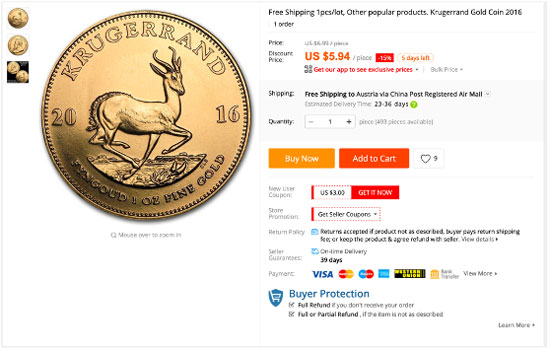
However, since the imitations are usually offered in (fake) online stores or on platforms such as Ebay, AliExpress, etc., this is easier said than done in practice.
The best counterfeit gold coins are made of tungsten. Due to the almost identical density of the metal, the dimensions and weight of the fake coin are almost identical to the originals. However, as tungsten is significantly harder and more brittle than gold and therefore very difficult to mint, tungsten counterfeits can usually be unmasked by the minting quality.
Counterfeiters get around the problem by either coating tungsten cores with real gold, which can then be embossed, or by alloying tungsten with other metals in order to be able to emboss it.
Coins with too low a gold content
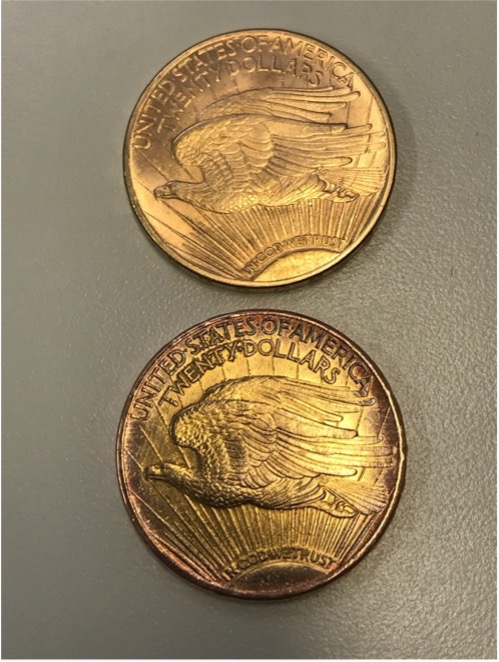
In addition to fake gold coins made of base material, which are only gold-plated with a thin layer, "real" gold coins are also produced, but their gold content is significantly lower than the original fineness.
Although modern gold bullion coins are not always made of pure gold (999.9/1000 or 24 carat), they rarely have a gold content of less than 900/1000 (21.6 carat). The further counterfeiters push the gold content of the coin, the more profit they can make with their counterfeit.
Because the increase in the proportion of other metals in the alloy naturally also changes the color of the gold coin, counterfeiters are particularly interested in coins that also have a reddish hue in the original. Time and again, Krugerrand coins or American Eagle coins appear that have a gold content of 750/1000 (18 carat), 585/1000 (14 carat) or even lower instead of the actual fineness of 916/1000 (22 carat).
Beware of supposed gold bargains
There are no gold bargains that are significantly below the general gold price! If you are offered gold at suspiciously low prices, there is certainly a catch! You should be particularly careful when buying on the Internet. Most counterfeit gold investment products today come from China and are circulated via online platforms such as Ebay or Alibaba.
We generally advise against buying gold privately, as the seller cannot be held accountable to you if something is wrong. Therefore, never buy investment gold - whether in coin or bar form - from "private sellers", but go to reputable precious metal dealers. Only then can you be sure that you are buying genuine gold.

